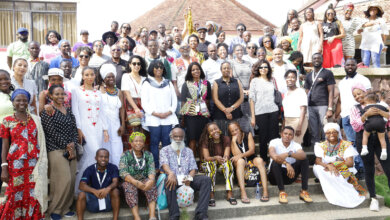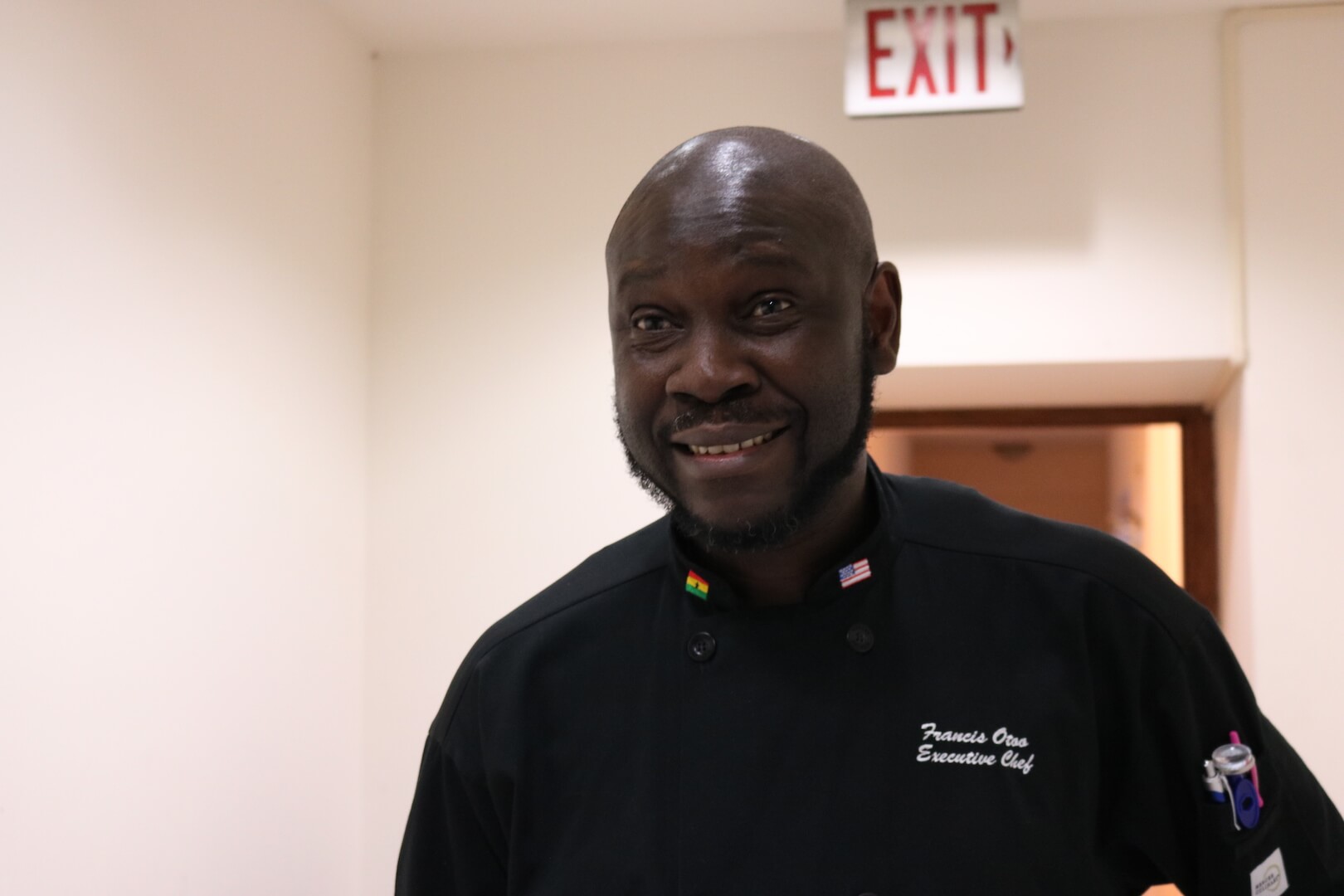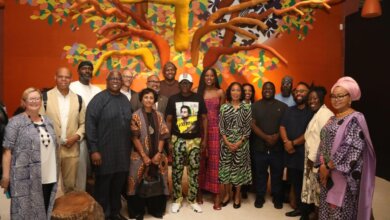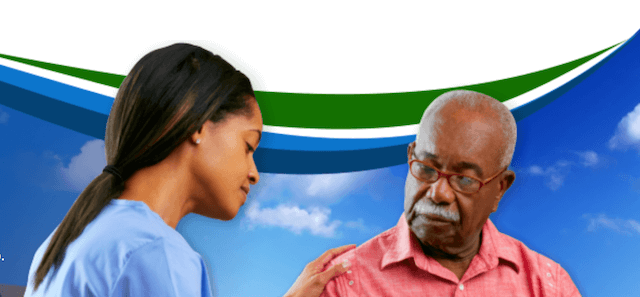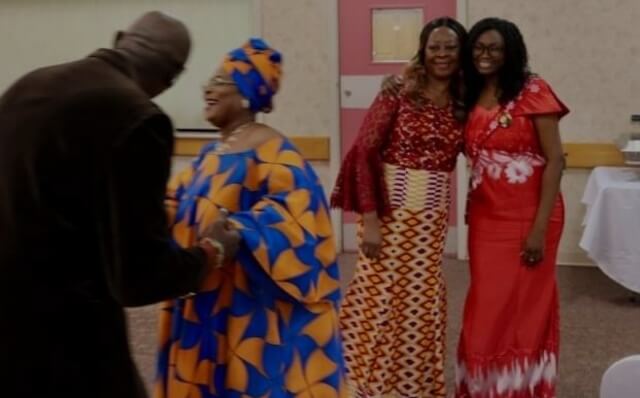Exploring Ghana as it Prepares to Celebrate 60th Independence Day
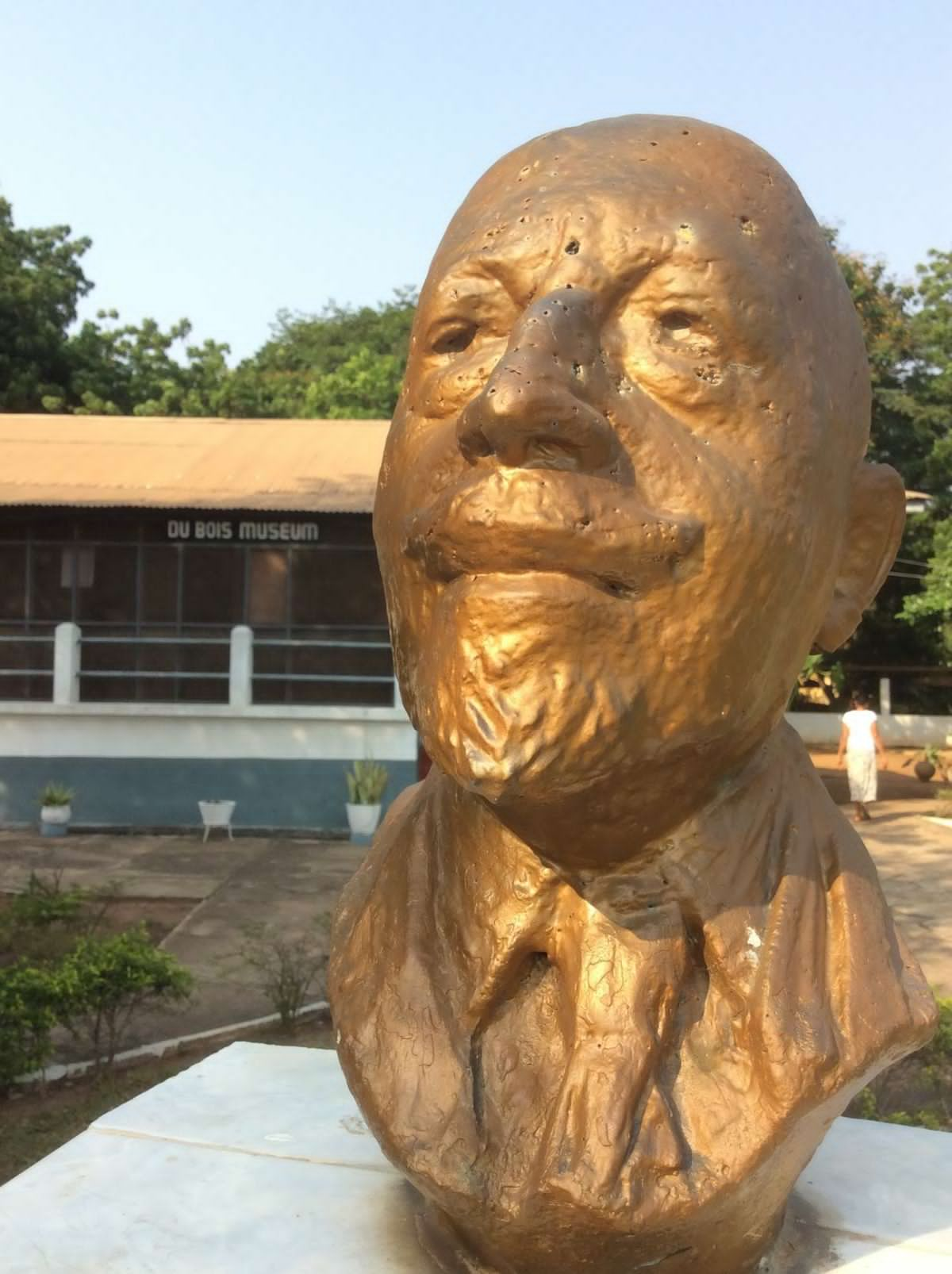
Ghana, the first nation in West Africa to win independence from colonial rule, has served a mecca for a number of African-American leaders — W.E.B. Du Bois, Rev. Dr. Martin Luther King, Malcolm X and even more recently, President Barack Obama. A good portion of the country’s history is tied to the Philadelphia region where Ghana’s first prime minister and president, Kwame Nkrumah (1909–1972), attended college for over a decade.
As present-day Ghana prepares to celebrate its 60th Independence Day on March 6, several African-American journalists were invited by the Consulate General of Israel in New York to cover the relations these two countries continue to share. The journalists, including this reporter, hailed from legacy press outlets such as the Amsterdam News and Chicago Sun Times, along with newer outlets including 900 AM-WURD and other independent mediums.
The Delaware Valley served as a vital site of Nkrumah’s American education over the span of 10 years. In 1939, he arrived in the United States and eventually earned a theology degree from the Lincoln Theological Seminary in 1942. He then enrolled at the University of Pennsylvania the following year and obtained a Master of Arts degree in philosophy and a Master of Science in education.
While in the Keystone State, Nkrumah was a student activist and become president of the African Students Association of America and Canada. In 1945, he took the name Kwame Nkrumah and urged a Pan-African strategy to help ensure Africa became developed and free.
Upon his return to the Gold Coast, his doctoral thesis remained uncompleted, but his rise to prominence was recognized as Lincoln bestowed an honorary degree, which he returned in 1951 to accept. According to the late historian John Henrik Clarke, Nkrumah’s American sojourn “would have a lingering effect on the rest of his life.”
Osagyefo Dr. Kwame Nkrumah, as he became known, merged the Pan-African teachings of Marcus Garvey, the civil rights moves of King and social justice lessons of Du Bois into the formation of independent Ghana on March 6, 1957. Nkrumah was the first African head of state to promote the concept of Pan-Africanism, played an instrumental part in the founding of the Non-Aligned Movement (NAM) and in establishing the Kwame Nkrumah Ideological Institute to teach his ideologies of communism and socialism.
Across the African continent, nearly 3,000 miles as the crow flies, the State of Israel (then only in existence for 11 years) recognized its fellow new country. In 1958, Israel’s Prime Minister David Ben-Gurion presented a two-seater Piper Cub airplane as a gift to Nkrumah on the occasion of Ghana’s first independence anniversary. The gift marked the beginning of Ghana-Israel relations that, while fraught with some tensions over the years, led to a series of current Israeli-Ghanaian development projects.
After landing in Accra, our first destination was a three-hour drive by Tro–Tro (a passenger bus) to tour the Cape Coast Castle, one of about 40 “slave castles” built on the coast of West Africa by European traders. As the tour guide took the journalists into the bowels of the fort, one could almost hear the howls of haunted souls being marched through the “Door of No Return” and into the portals of the transatlantic slave trade. When Obama toured the notorious seaside fortress with his wife and children in 2009, he said that no matter how vicious that history might be, it is possible to overcome it. His words seemed to ring true when the tour walked through the doors and were met with an unexpected sight of gaily painted fishing boats and boys joyfully bounding into the

From there, we visited Winneba where the Jewish Agency for Israel runs “Project Ten.” Director Ori Schnitzer explained how the volunteer center works with local partners on a range of development issues, including an after-school program that promotes literacy and life skills and a community farm that provides growing tips to local farmers dealing with fickle weather conditions.
The following day the group took a commuter flight to Kumasi to visit Israeli-Ghanaian cooperative efforts at the MASHAV project primary school, which applies the Israeli ECE methodology of Learning through Playing. Next was the Mother-and-Baby Neonatal Unit in Suntreso Hospital, where the “Kangaroo System,” introduced by Israeli medical trainers, has dramatically reduced the mortality rate of pre-term babies and is based on providing advanced neonatal care through low-cost intervention. After a quick stop at Darko Farms, we headed back to Accra to tour the cutting-edge 675-bed University of Ghana Medical Centre that’s scheduled to open in April.
“All the projects we witnessed were examples of Israel’s development strategy of ‘training the trainers,’” explained Shimon Mercer-Wood, spokesperson of Consulate General of Israel in New York. “Rather than bestowing financial gifts or donating expensive but short-lived equipment, Mashav identifies and empowers cadres of local leadership who will be quick to assimilate the Israeli know-how and technology and are willing to then train fellow professionals to do the same. The multiplier effect continues to make palpable impact on Ghanaian lives long after the Israeli teams have returned home.”
After 38 years of closure, the Embassy of Israel in Ghana re-opened in 2011 in anticipation to “foster and deepen bilateral relations between Israel and Ghana for their mutual benefits.” That wish was on full display as our host, the Israeli Ambassador to Ghana, H.E Ami Mehl, lead the delegation to meet Pat Wilkins, founder of B.A.S.I.C.S International, a nonprofit based in Chorkor, an overpopulated fishing community located on the outskirts of Accra. Wilkins, a native New Yorker, was drawn to Ghana in 2000 to educate and give options to children in need.
As our journey drew to a close, Mehl instructed our driver to make one more stop — to the W.E.B. Du Bois Memorial Centre for Pan-African Culture. The memorial is the former residence of the scholar, who became a citizen of Ghana at the invitation of Nkrumah while compiling the Encyclopedia Africana until his death in 1963. An adjacent shrine that shelters his grave and the ashes of his wife Shirley Graham Du Bois is swathed with memorial wreaths from his Alpha Phi Alpha fraternity brothers.
A plaque near the Centre’s entrance bears Du Bois’ poem, “Children of the Moon,” which concludes: “I saw the face of Freedom / And I died.”
Source & Images: Phillitryb



